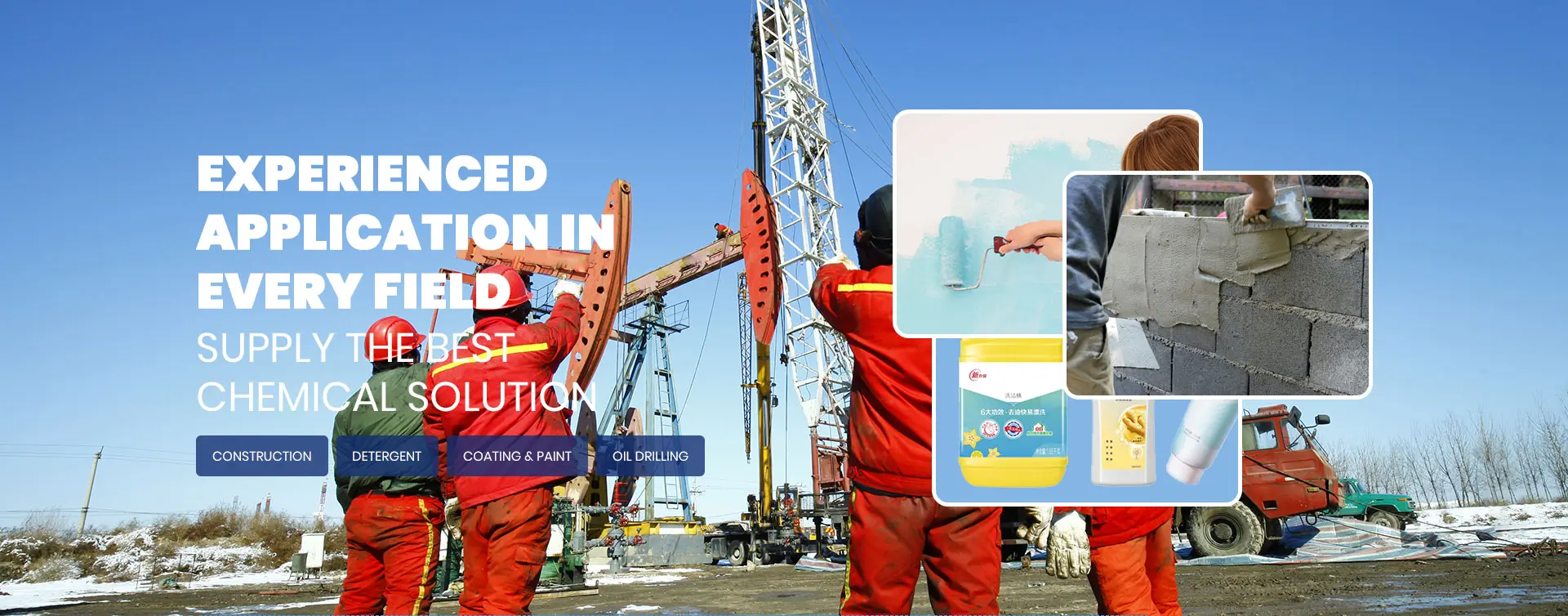
Dec . 11, 2024 00:13 Back to list
Production of HPMC Hydroxypropyl Methyl Cellulose for Various Industrial Applications
The HPMC Industry Innovations and Developments in Hydroxypropyl Methyl Cellulose Manufacturing
Hydroxypropyl methyl cellulose (HPMC) has emerged as a crucial component across various industries including pharmaceuticals, food, cosmetics, and construction. As a product of cellulose, HPMC is a non-ionic, water-soluble polymer that serves numerous applications due to its unique properties. The HPMC manufacturing industry has experienced substantial growth and technological advancements, leading to enhanced production processes and diversified applications.
The Significance of HPMC
HPMC is renowned for its versatility, offering thickening, gelling, emulsifying, and film-forming properties. In the pharmaceutical sector, it acts as a binder in tablet formulations, a thickener for suspensions, and a controlled release agent, improving the bioavailability of drugs. The food industry leverages HPMC as a food additive, providing texture and stability in products like dressings, sauces, and baked goods. In construction, HPMC enhances the performance of cement-based systems, increasing water retention and improving workability.
Manufacturing Process
The production of HPMC involves several key steps that ensure the quality and efficacy of the final product. The process begins with the extraction of cellulose from wood pulp, which is then treated with alkali to produce alkali cellulose. This precursor is subsequently treated with propylene oxide, resulting in the hydroxypropylation of cellulose fibers.
The degree of polymerization and substitution can be controlled during this process, allowing manufacturers to produce HPMC with specific characteristics tailored for different applications. Once synthesized, the HPMC undergoes purification and drying to remove any residual chemicals, thus ensuring its safety for use in various products.
Technological Advancements
Recent technological advancements in the HPMC manufacturing process have focused on increasing efficiency and reducing environmental impact. The industry has seen the introduction of more sustainable practices, such as the use of biodegradable materials and eco-friendly solvents. Innovations in production techniques, including continuous manufacturing and real-time monitoring systems, have also improved yield and product consistency.
hpmc-hydroxypropyl methyl cellulose factory

Moreover, as research progresses, manufacturers are exploring the development of specialized HPMC grades to meet industry-specific demands. For instance, new formulations are being created to enhance the thermal stability of products in the construction sector, ensuring longer-lasting results.
Quality Control and Standards
Ensuring the quality of HPMC is paramount, particularly given its applications in sensitive areas like pharmaceuticals and food. Stringent quality control measures are implemented throughout the manufacturing process, from raw material selection to final product evaluation. Manufacturers must adhere to relevant industry standards, such as those set by the Food and Drug Administration (FDA) and the European Food Safety Authority (EFSA), to guarantee compliance and maintain consumer safety.
Market Trends
The global market for HPMC has experienced a surge in demand, driven by the growth of related industries. The increasing popularity of organic and natural products is also influencing market trends, as consumers demand safer and more sustainable options. This has led manufacturers to innovate and diversify their product offerings, catering to a broader range of applications.
Additionally, the rise of advanced technologies such as nanotechnology and biopolymers is opening new avenues for HPMC applications, particularly in the field of drug delivery systems and biodegradable materials. Companies are investing in research and development to explore these possibilities, which will shape the future of HPMC in the coming years.
Conclusion
The HPMC industry is witnessing significant transformations marked by technological advancements and a growing emphasis on sustainability. As the demand for HPMC products continues to rise across various sectors, manufacturers are poised to meet these challenges through innovation and adherence to high-quality standards. The future of hydroxypropyl methyl cellulose looks promising, with the potential to revolutionize various applications while addressing modern consumer demands for safety and environmental responsibility. As we advance, the continued evolution of HPMC will undoubtedly play a pivotal role in shaping the future of many industries.
-
Versatile Hpmc Uses in Different Industries
NewsJun.19,2025
-
Redispersible Powder's Role in Enhancing Durability of Construction Products
NewsJun.19,2025
-
Hydroxyethyl Cellulose Applications Driving Green Industrial Processes
NewsJun.19,2025
-
Exploring Different Redispersible Polymer Powder
NewsJun.19,2025
-
Choosing the Right Mortar Bonding Agent
NewsJun.19,2025
-
Applications and Significance of China Hpmc in Modern Industries
NewsJun.19,2025







